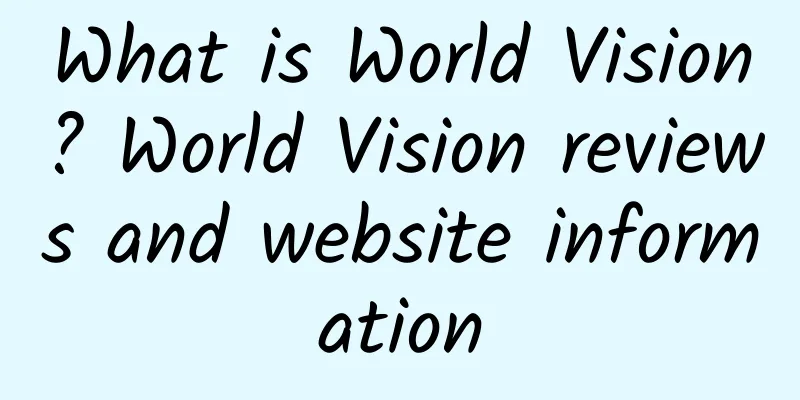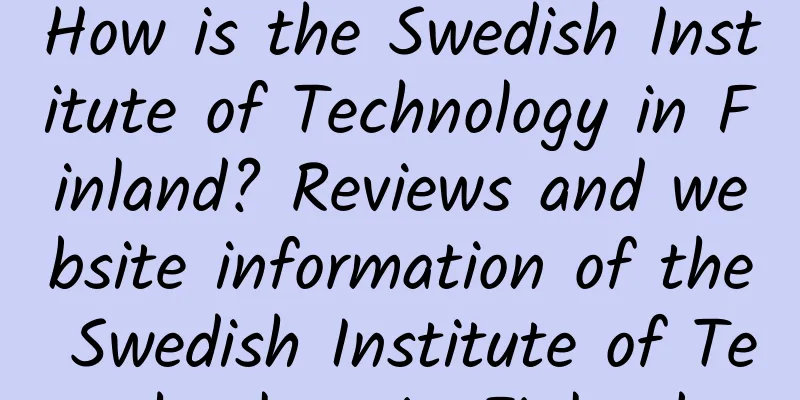What is World Vision? World Vision reviews and website information

|
What is World Vision? World Vision International is a Christian international relief and development organization founded in 1950 and headquartered in Monrovia, USA. It works in nearly 100 countries and regions around the world, mainly focusing on children in disaster relief, reconstruction, education, health care and other work, helping the poor to get rid of poverty and achieve self-reliance and sustainable development. Website: www.wvi.org World Vision: A Christian International Relief and Development Agency Changing the WorldWorld Vision International (WVI) is an international relief and development organization based on Christian faith. Since its establishment in 1950, the organization has been working in nearly 100 countries and regions around the world, committed to helping poor people get out of their predicament and achieve self-reliance and sustainable development through various projects and activities. World Vision's main goal is to promote disaster relief and reconstruction, education promotion, and health care improvement around the world, with a focus on children. This mission not only reflects the core values of its Christian faith - care, justice and equality, but also reflects its deep commitment to the common well-being of mankind. By providing direct assistance and supporting long-term development programs, World Vision has brought hope to thousands of families and left a profound impact in countless communities. History and Development of World VisionThe origins of World Vision can be traced back to post-World War II Korea. At that time, an American pastor named Bob Pierce visited the Korean Peninsula and after seeing the suffering that the war brought to local children, he decided to take action. In 1950, he founded the Sponsorship Program, which was the earliest prototype of World Vision. The program aims to improve the living conditions of specific poor children and their families through a one-to-one approach, allowing donors to support them. Over time, World Vision has gradually expanded its service scope and geographical coverage. From its initial single-country operation model, it has now developed into a large network spanning six continents and covering nearly 100 countries. Each country has its own branch or partner to ensure that resources can be accurately delivered to where they are most needed. In addition to traditional child sponsorship projects, World Vision has added many new areas and service contents in the past few decades, including emergency relief, public health, agricultural technology promotion, and gender equality advocacy, etc. These diverse initiatives enable World Vision to respond flexibly to different types of challenges while maintaining its core values. Main work areasAs a comprehensive development and relief organization, World Vision works extensively and deeply in several key areas: 1. Disaster relief and reconstructionNatural disasters and social conflicts are often one of the important factors that lead to the aggravation of poverty. Therefore, World Vision regards disaster relief and reconstruction as one of its priorities. Whether in earthquakes, floods, droughts or war-torn areas, World Vision will respond quickly to provide food, drinking water, temporary shelter and other basic living supplies to the affected people. More importantly, World Vision does not stop at short-term assistance, but focuses on long-term recovery and development. For example, after the earthquake in Haiti, they not only provided emergency relief, but also assisted local communities in building more stable infrastructure and trained residents to acquire new skills so that they can better withstand similar disasters in the future. 2. Education promotionEducation is a key tool to break the intergenerational cycle of poverty. To this end, World Vision invests significant resources in improving the quality and accessibility of education, especially in remote and impoverished areas. Specific measures include building schools, providing learning materials, funding teacher training, and conducting parent education awareness campaigns. In addition, they also pay special attention to girls' education, strive to eliminate gender discrimination, and ensure that all children have equal rights to education. 3. Improvement of medical and health careGood health is the foundation of a happy life. However, for many people living below the poverty line, access to basic health care services remains an unattainable dream. To change this situation, World Vision has implemented a series of projects aimed at strengthening the primary health care system. These projects cover vaccination, maternal and child health care, nutrition guidance, AIDS prevention, etc. By cooperating with local governments and other non-governmental organizations, World Vision has successfully improved the quality of medical services in many areas, reduced infant mortality, and improved the overall health of the population. 4. Economic empowermentIn order to help people achieve true self-reliance, World Vision has launched a variety of economic empowerment programs, including micro-credit, vocational skills training, and entrepreneurship support services. These programs specifically target women and youth, who are often the most vulnerable yet most promising members of society. By empowering them with the necessary knowledge and resources, World Vision hopes to unleash their creativity and initiative, thereby creating more jobs and development momentum for the entire community. Unique operating modelCompared with other international non-governmental organizations, World Vision has several distinctive features: 1. Driven by values based on faithWhile World Vision welcomes everyone to participate in its projects, regardless of religious background, its operations are deeply influenced by the Christian faith, which emphasizes loving your neighbor as yourself, caring for the vulnerable, and pursuing justice and equality, which are the core principles guiding all its activities. 2. Emphasize community participationUnlike some charities that rely solely on external aid, World Vision attaches great importance to the role and contribution of the beneficiary communities themselves. They believe that only when local residents truly participate in the decision-making process can the sustainability and effectiveness of the project be ensured. Therefore, before launching each project, World Vision takes the time to understand the needs and expectations of the community and work with stakeholders to develop implementation plans. This approach not only improves work efficiency, but also enhances the sense of responsibility and belonging of community members. 3. Long-term commitmentIn most cases, World Vision does not just provide one-time assistance and leave, but stays in an area for a long time until it sees substantial changes. This patience and persistence often brings more lasting results than short-term interventions. Challenges and future prospectsDespite its many achievements, World Vision still faces many challenges. The first is the pressure of fund-raising. With the increase in the number of poor people and the frequent occurrence of complex crises around the world, the demand for humanitarian assistance is also increasing. How to ensure sufficient and stable sources of funds has become an urgent problem to be solved. The second issue is cultural adaptability. As an organization with a clear religious identity, World Vision may encounter some resistance in some countries with a high degree of secularization or strong religious sensitivity. This requires them to show sufficient flexibility and tolerance while maintaining their core values. Finally, there are new challenges brought by climate change. Extreme weather events are becoming more frequent, threatening not only the safety of human life and property, but also putting tremendous pressure on food production, water resource management and other fields. World Vision is actively exploring how to integrate climate adaptation strategies into its existing projects to help vulnerable communities enhance their resilience. Looking ahead, World Vision will continue to uphold its original aspirations, constantly expand its service scope and technical means, and strive to become a more efficient, transparent and responsible global citizen partner. At the same time, they also hope that more individuals, companies and governments can join this great cause and work together to build a world without poverty. ConclusionWorld Vision is more than just a name, it represents a belief that everyone has the right to live a dignified life. Through decades of unremitting efforts, World Vision has proven that it is capable and willing to take on this responsibility. Let us support organizations like World Vision, because only when we unite can we truly realize the dream of changing the world. If you want to know more about World Vision, please visit its official website: www.wvi.org . |
Recommend
How to grow hibiscus flowers? How to grow hibiscus flowers?
Hibiscus is a beautiful ornamental plant. It is m...
How is Fontis University of Applied Sciences? Reviews and website information of Fontis University of Applied Sciences
What is the website of Fontys University of Applie...
What to put in kimchi to prevent it from spoiling
Kimchi is a popular side dish for many people, wh...
How to make plum juice? How to make plum juice at home
Every summer when the weather is hot, people like...
The efficacy and function of Sedum luxuriant
Sedum gorseletum is also called eight-treasure se...
Ingredients and steps for stewing eggplant
I haven't eaten eggplant for a long time. Tod...
The efficacy and function of red cardinal coral
Cardinal coral is a shrub plant of the Euphorbiac...
How to eat Jerusalem artichokes How to eat fresh Jerusalem artichokes
I wonder if you have heard of Jerusalem artichoke...
How to make delicious fried cauliflower
Have you ever heard of cauliflower? Have you ever...
What are some foods that don't spoil easily?
Food spoilage is a common phenomenon in life, whi...
The role and function of carotene. Precautions for consuming carotene
In life, we often hear people say that we should ...
What is black plum? What are the effects of black plum?
Many people have heard of black plum and know tha...
How is the Chinese Consulate General in Surabaya? Reviews and website information of the Chinese Consulate General in Surabaya
What is the website of the Chinese Consulate Gener...
How to make delicious pickled cucumbers
Pickled cucumber is a traditional Chinese delicac...
What are the benefits of eating banana hearts?
Plantain is a fruit that is very similar to banan...









